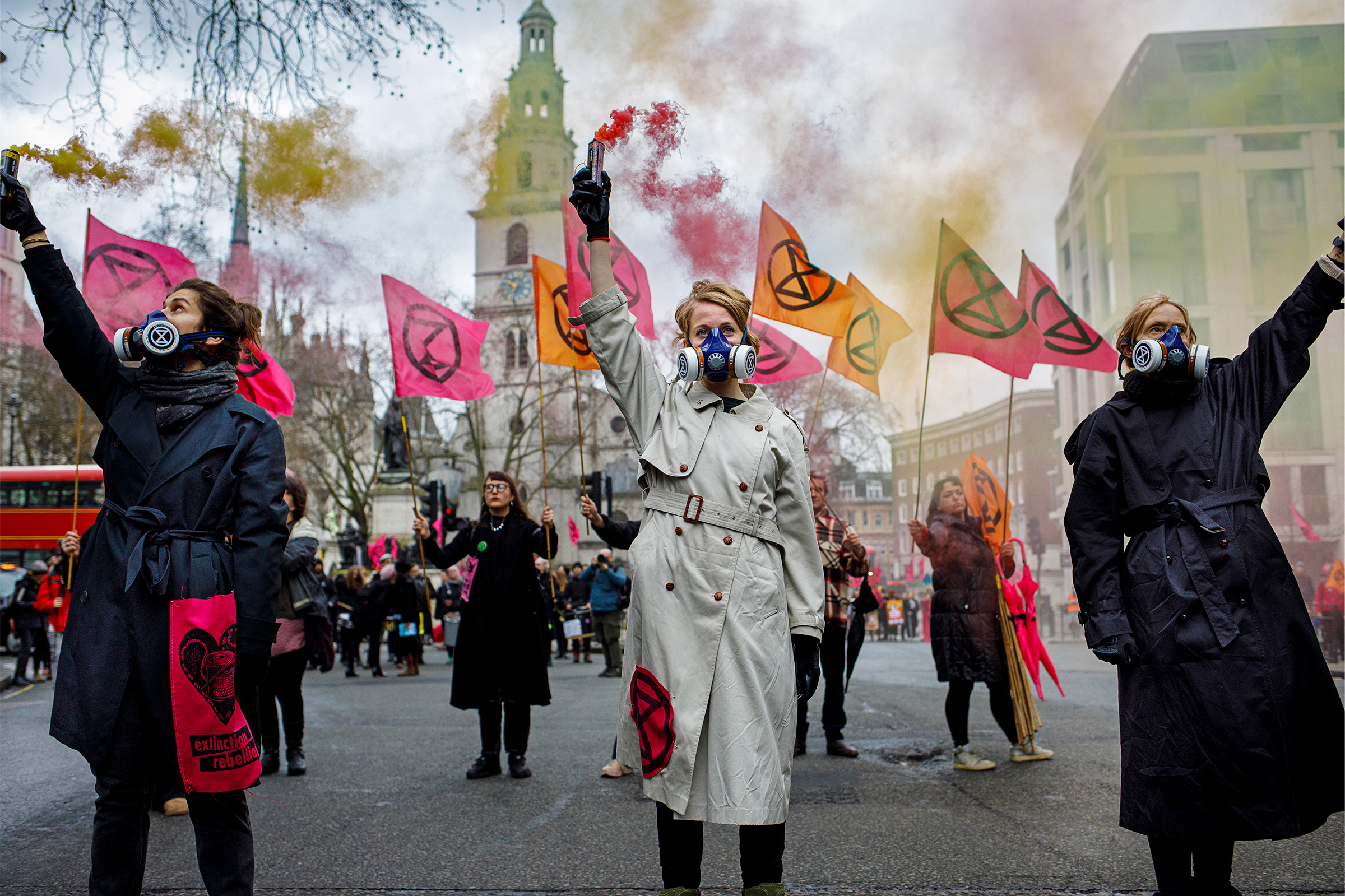
The honeymoon for Extinction Rebellion, the hugely influential climate activist group, ended on Oct. 17, 2019.
From its launch, a year earlier, until that day, it seemed like the group might have cracked the formula for saving the planet: its strategy of shutting down city centers with disruptive, nonviolent civil disobedience had drawn ordinary people onto the streets to demand action on the climate crisis. It had also made the group, now present in 75 countries, the most radical of a wave of climate activist groups sweeping the world in recent years, including the youth-focused Sunrise Movement in the U.S. and the school strikers led by Greta Thunberg.
In the U.K., Extinction Rebellion (or XR) is a household name, able to generate enough pressure to reach milestones that traditional environmental campaigners spent decades chasing: within weeks of XR’s first two-week mass mobilization in London in April 2019, the U.K. parliament declared a climate emergency and the government announced a legally binding target for net-zero carbon emissions by 2050. Christiana Figueres, the former U.N. climate chief, compares XR’s potential impact to that of groups like the suffragists and the civil rights movement. “When you’re talking about a large systemic transformation, history shows us that civil disobedience is a very important component,” she says.
But on Oct. 17, as XR began a second two-week mass mobilization in London, one local branch staged an action in Canning Town, a predominantly Black and Asian working-class neighborhood, in which several XR members clambered onto a subway car, preventing the train from leaving. Commuters dragged the protesters down onto the platform and beat them. Video of the incident prompted a massive backlash. “Upsetting the general public travelling to work in an environmentally sound way is plain stupid,” tweeted David Lammy, a prominent Black lawmaker for the left-wing Labour Party.
Daze Aghaji, 20, a member of XR and a student in London, shudders remembering the feeling of dread when she heard about the action. “It was like, ‘Wait, are we the bad guys?'” she says a few months later. “It felt like a callout from the public saying, ‘We support your efforts. But this is just not the way.'”
The moment distilled three problems bubbling under XR’s surface: First, as a predominantly white movement, founded in a small, wealthy town in England, XR has faced persistent criticism for its failure to include people of color and working-class communities in its activism. Second, the group is fiercely resistant to hierarchy, and has no formal leader and no effective way of vetoing actions, even when they cause internal divisions. And third, its strategy of disrupting the public walks a fine line between pressuring the government to act and becoming villains easily dismissed by the British media.
Falling donations and stagnant membership over the six months after Canning Town forced reflection and a rethink of core parts of XR’s operations. But just as XR announced a new strategy for 2020, the COVID-19 pandemic hit. Nationwide quarantine measures disrupted public life more than any XR action ever could, and prompted the group to temporarily suspend its central tactic of mass mobilization. The health crisis has also shifted the climate crisis down the agenda for governments, the media and the public.
Scrambling to learn from its mistakes and avoid losing hard-won momentum, XR is now planning a large-scale action for September. If the group gets its next steps right, it could offer a blueprint for activists around the world. If it flounders, XR could join the chorus of ignored voices shouting as the climate breaks down.
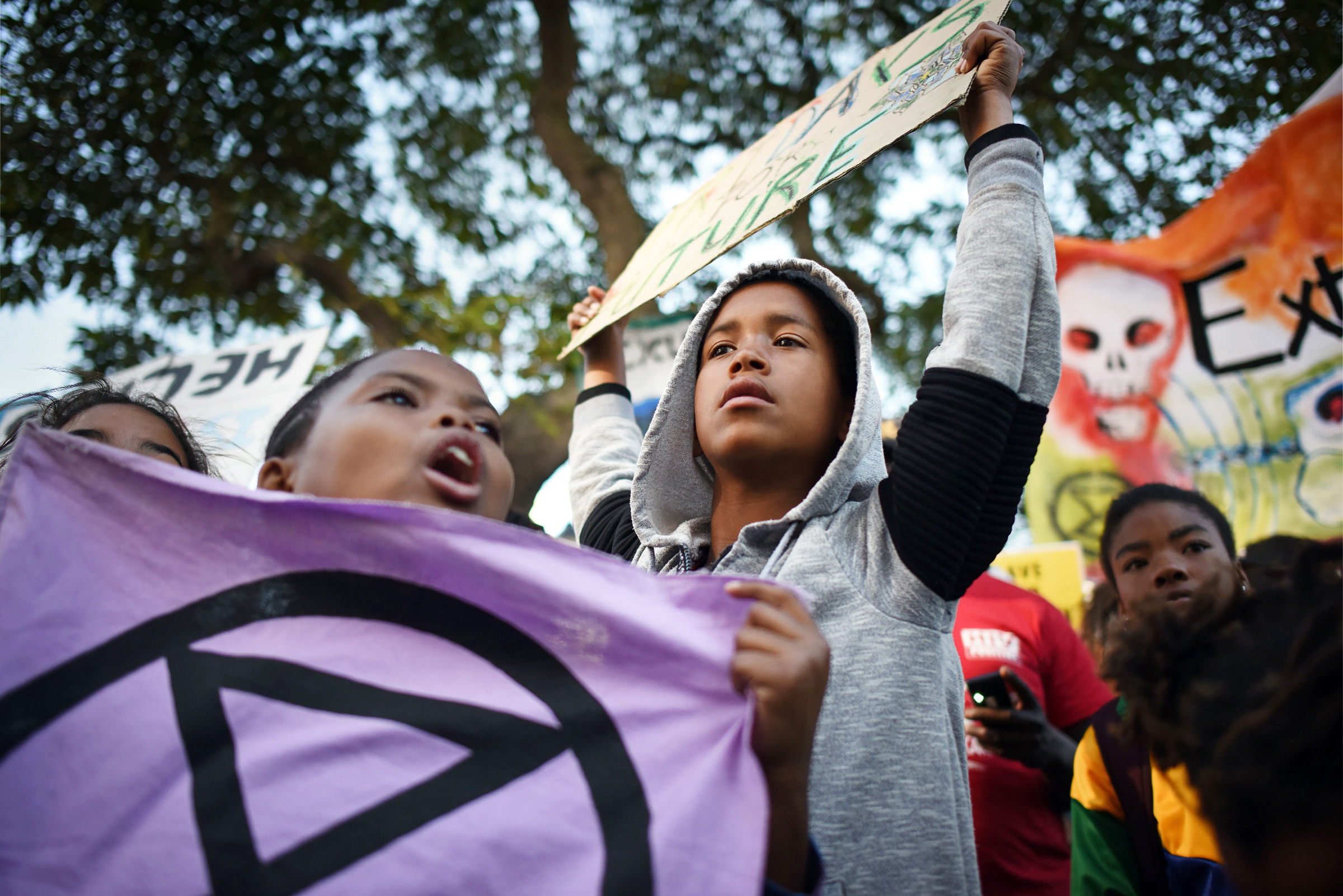
Since January, XR has made its headquarters in a hollowed-out apartment building in a trendy area of East London. On a sunny afternoon earlier this year, Gail Bradbrook, 48, sat at the kitchen table of a startup-like office on the first floor, surrounded by fellow activists busily typing on laptops. She acknowledged that the movement she co-founded has had a bumpy ride as it amassed more than 200,000 members worldwide in less than two years. “It feels like 15 of us started off pedaling on this bike, and then we realized we needed a train, so we keep sticking bits on while we’re pedaling,” she said.
It was in Bradbrook’s home in Stroud, southwest England, that XR began on a spring weekend in 2018. Fifteen environmental activists gathered to discuss ways to overcome the inertia on carbon emissions despite decades of warnings by scientists and pressure from NGOs. Drawing on the work of Harvard social scientist Erica Chenoweth, they decided they needed numbers. Chenoweth’s 2011 study of nonviolent civil-disobedience movements that aim to overthrow authoritarian governments concluded that those that engage at least 3.5% of the population always succeed. XR’s critics point out that demanding drastic action on emissions in a democracy does not exactly map onto Chenoweth’s scenario. But the group’s founders believe that if they can get 3.5% of a country’s population to participate in the “rebellion”–either attending actions or assisting behind the scenes–and combine that with a small core of a few thousand people willing to be arrested, as well as the passive support of 50% of the population, they can force governments into a position where taking climate action is less painful than XR’s disruption.
Bradbrook and her fellow founders envisaged a decentralized structure for XR. That has proved to be both its driving force and its Achilles’ heel. There’s a national U.K. actions team, made up of about a dozen people, that plans mass mobilizations, and a finance team that responds to funding applications from local groups. But there are some 400 of these local groups, all of which lead their own actions, with no single body in charge of sign-off. Internationally, more than 1,100 groups across 75 countries are working in a similarly loose structure.
That grassroots strategy drew in people who had never previously gotten involved in activism. Among them are grandmothers like Hazel Mason, 71, who had “never been a rebel” but went from trying to recycle more to taking to the streets. “I thought, Why am I hoping ‘they’ do something? Why don’t I do something?” she says. It also resonated with parents like Andrew Medhurst, 54, who told his colleagues at a pension fund that he “couldn’t ignore the crisis anymore” and quit in 2018 to start voluntarily coordinating XR’s finances, getting arrested three times during actions. In April 2019, thousands of XR rebels shut down central London, dominating the British media’s attention for two weeks. Millions of dollars in donations rolled in from philanthropists, celebrities and crowdfunders. While school strikers were raising global momentum around the climate crisis, XR seemed on the verge of a revolution in the U.K.
“What [XR] achieved, in a short space of time with few resources, was pretty outstanding,” says veteran activist Kumi Naidoo. After participating in civil-disobedience actions challenging apartheid in South Africa as a teenager in the 1980s, Naidoo served as director of Greenpeace from 2009 to 2015, and then as secretary-general of Amnesty International, before stepping down in December 2019 for health reasons. He says there’s “no question” that XR contributed to a shift in public consciousness on climate change, reflected in opinion polls that are “unrecognizable” from his time at Greenpeace. Naidoo sees XR’s more disruptive disobedience as “one of the only really strong, convincing parental voices” answering youth activists’ appeal for adults to act.
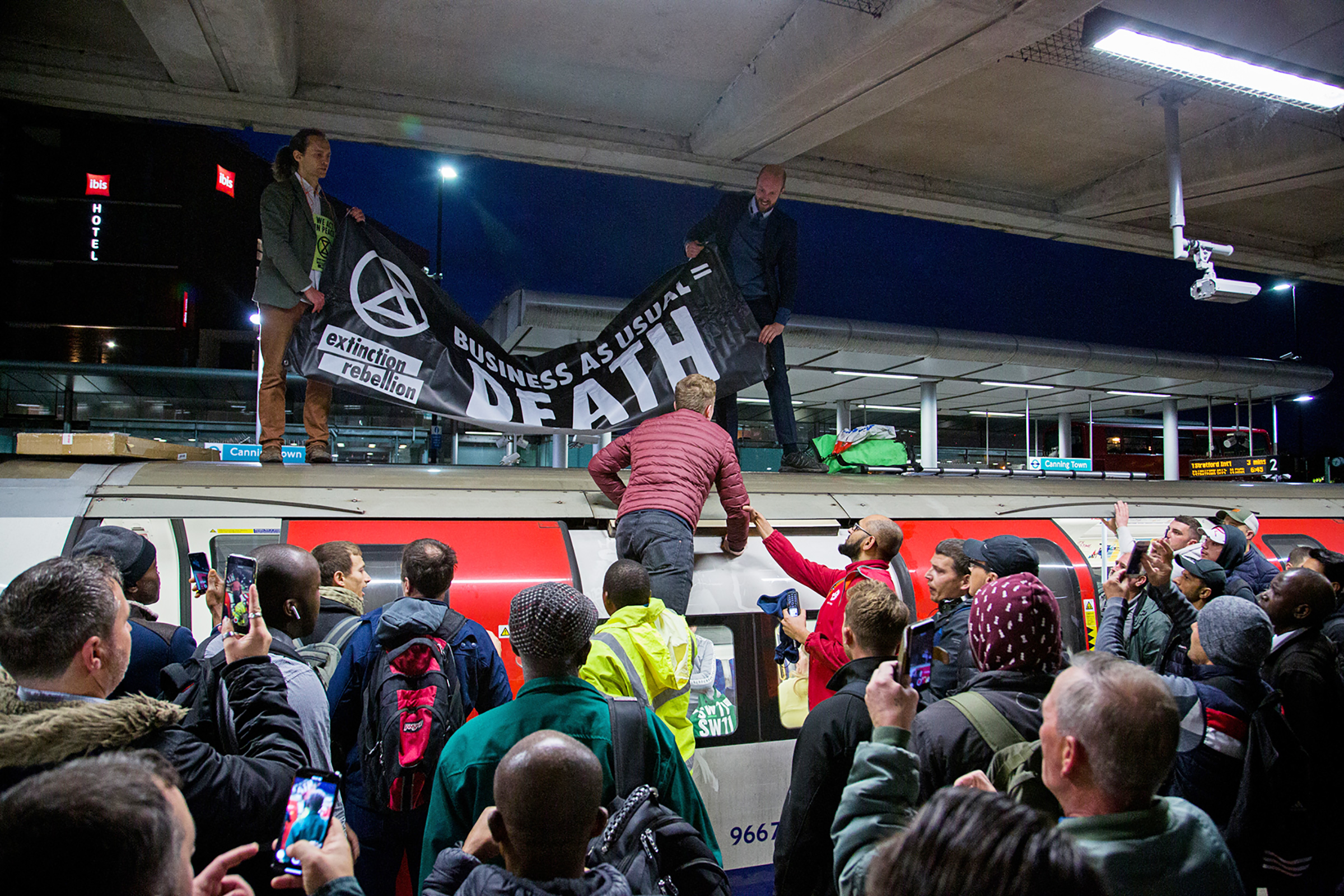
The nonhierarchical structure seems, in theory, to be democratizing and in line with XR’s belief in equality. But in practice, it has meant there was no one to blame for decisions that many felt were insensitive to Black people and other people of color. The Canning Town stunt was highly controversial within XR when its planners began sharing details days ahead of it. A statement released by its U.K. team hours after the action read: “Very few people in XR wanted this to happen, but the ‘postconsensus’ organizational model which we currently employ is such that it happened all the same.”
That did little to dampen the anger of critics. “From the get-go, they were asked by environmental justice campaigners in London to consult with communities about how to not alienate people,” climate-justice campaigner Suzanne Dhaliwal wrote in a London newspaper after the Canning Town incident. “[XR] is not taking heed of the call to look at its class and privilege blind spots.”
These blind spots are particularly apparent in the movement’s interactions with British police forces, which have a history of discrimination against Black communities. In July 2019, many heard a dog-whistle message in XR’s call on Twitter for police in London to “concentrate on issues such as knife crime, and not nonviolent protesters who are trying to save our planet.” In October, one XR member delivered flowers and a note thanking officers for their “decency and professionalism” to the Brixton police station in London. It was the same police station where, during the 1990s and 2000s, three Black men had died in police custody, sparking large local protests at the time. Kevin Blowe, coordinator for the Network for Police Monitoring, a watchdog group, wrote that the incident displayed a total lack of “empathy for communities who experience racist policing” and “outright, blatant racism [in] choosing to not ‘see’ race.”
Critics also point to the visible dominance of white people at XR’s actions, even in ethnically diverse cities like London, and to the core importance of confrontations with police and arrests in XR’s strategy. Aghaji, who is Black and has led youth-outreach efforts for XR, says the initial “focus on the arrests” in media coverage put off young people of color from joining the movement. “Arrestability does lie in privilege, and not everyone needs to get arrested,” she says. “I never really identified as arrestable.”
XR’s international chapters have also been criticized for centering white perspectives. In Canada, members of the Scia’new First Nation accused XR of entering their lands without permission while protesting a gas pipeline in February of this year. Some members splintered off from XR U.S. in opposition to language on its platform calling for “reparations and remediation led by and for Black people, Indigenous people, people of color and poor communities for years of environmental injustice.” (The rival faction, dubbed XR America, stripped out the specific language on race and class.)
In the U.K., XR’s decentralized structure has led to incidents that alienated the wider public and contributed to a narrative of its activists as careless. In September 2019, a group of XR activists, including co-founder Roger Hallam, attempted to use drones to block flights taking off from Heathrow, the U.K.’s largest airport, to protest air-travel expansion. Though XR had released a pre-emptive statement saying the group had collectively decided not to back such an action, it still hurt the movement’s image, says Jackie Scollen, a member of XR from a working-class area of County Durham, in northern England. “When my friends heard about that, they said, ‘You can’t do that.’ People work and save all year long to go on two weeks’ holiday to Spain or somewhere.”
XR activists interviewed by TIME say such unpopular actions contributed to a leveling off in sign-ups and donations in late 2019 and early 2020. XR is burning through its savings. From November to January, XR U.K.’s income averaged around $120,000 a month, while it spent close to $240,000.
Aghaji believes XR will have to learn to weather these unpredictable controversies. Imposing a top-down structure, she argues, would undermine the reason that XR has been successful in the first place. “It’s people taking power into their hands, saying the social contract is broken and rebelling in a way that’s true to them. I think that’s beautiful.”
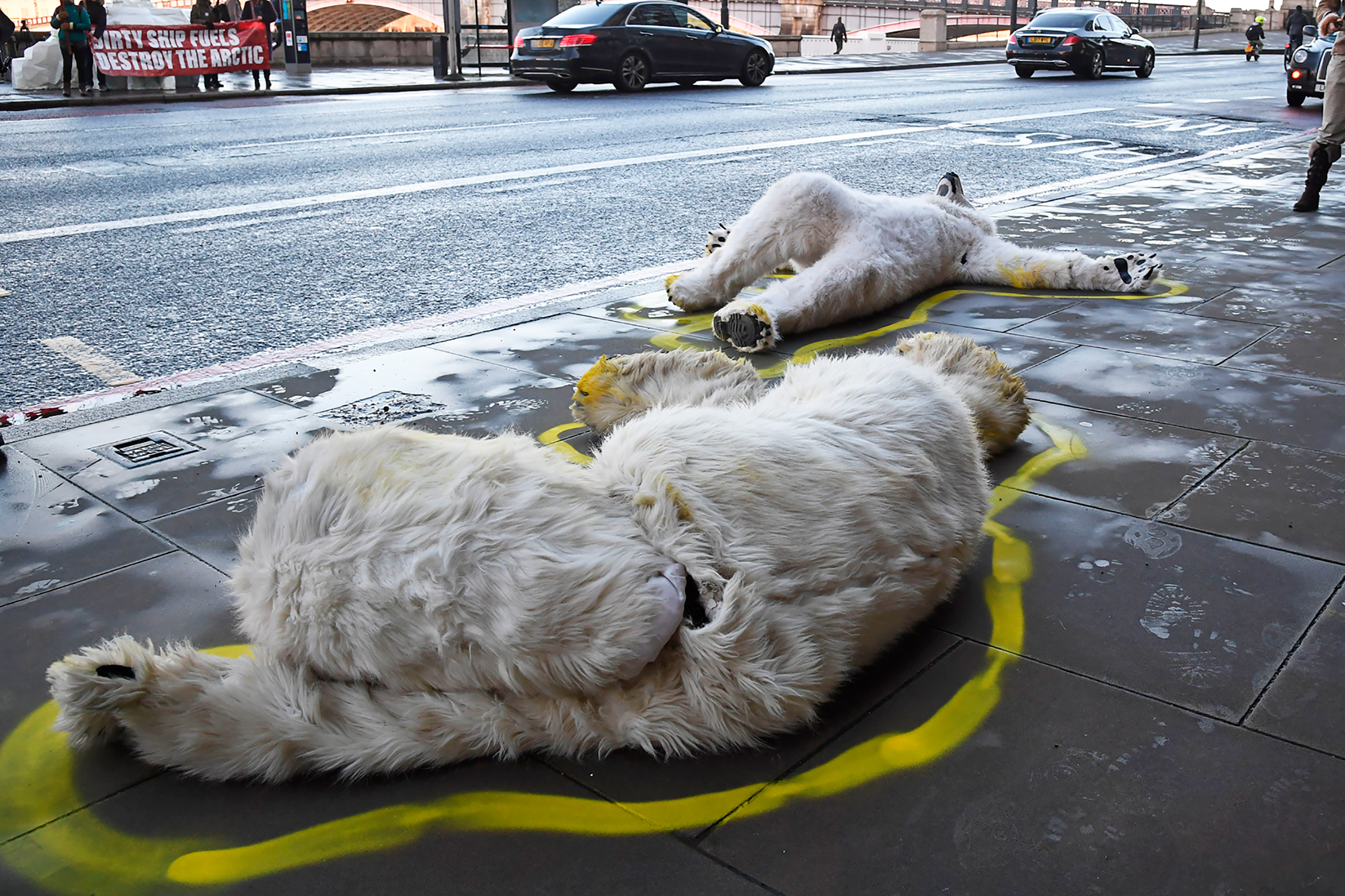
On a Saturday in February, before the pandemic put an end to in-person meetings, a dozen people sat in mismatched chairs in the half-painted lobby of XR headquarters, trying to learn from the group’s rocky ride. During an all-day “DNA training,” designed to teach new members the movement’s core values, a session leader taught attendees how “to tell XR’s story” to get others involved. Tips included holding meetings in “inclusive spaces” that didn’t feel exclusive to white people and asking people about their personal experiences with the environment. There were things to avoid: using phrases that implied overpopulation was a problem; focusing on individual lifestyle changes rather than systemic change; and using “lefty language” (no examples were given). Almost every point set off a fierce debate among attendees. Rolled out at the start of the year, the workshop was an effort to learn from XR’s missteps and unify a movement that has sometimes struggled to agree on its message to the world.
Aghaji says the movement has been through an ongoing learning process on both race and class since Canning Town. “It was a turning point for us. The perspectives of marginalized groups are now at the forefront rather than just an addition.” One result has been an effort to emphasize that you don’t need to get arrested to take part in actions, Aghaji says. In January, XR started a team looking at how race and class oppression intersects with the climate crisis and why members of some groups were less likely to join XR. The movement has also intensified its focus in messaging on climate justice–the idea that since climate change is hitting harder and earlier in communities in the Global South, responses must be geared toward addressing systemic inequalities.
Antiracism protests that have spread around the world after George Floyd, an unarmed Black man, was killed by police on May 25 in Minneapolis, have put further pressure on XR to address its failings on race. “We have made mistakes, and we’re now taking the time to listen, educate ourselves further and work out a plan for taking responsibility for these mistakes properly,” Alanna Byrne, a London-based member of XR’s media team, said in early June. “Racism is a key factor in the causes and continuation of the climate and ecological emergency, and tackling it needs to run through all aspects of our work.” The XR Internationalist Solidarity Network, a group formed in early 2019 and led by Black XR members from the Global South, would have a “much more” central role going forward, Byrne added.

XR organizers say they are more broadly shifting strategy toward a model that prioritizes the communities in which they operate. Co-founder Bradbrook says XR will ramp up outreach to local residents, getting members to knock on doors and talk with people one-on-one about how XR should organize locally, to avoid clashes. More surprisingly, the group will also move away from its focus on disrupting the public, which won it so much attention. Bradbrook says repeating the same tactic won’t sustain media interest. “We’ve made our point to the public. The public, frankly, are not the problem.”
Instead, XR will direct its actions at institutions, businesses and government bodies preventing climate action. “We can’t just be pissing people off,” agrees Scollen, the member from Durham. “We need to target the people with power.”
In late February, Scollen helped lead one of XR’s last major actions before the U.K. entered a lockdown, as 300 activists dressed as canaries blocked the entrance of an open-pit coal mine near Durham to protest its expansion. The action exemplified the new strategy, disrupting the mine owners, not the local area.
But not everyone is happy. Joel Scott-Halkes, 27, traveled up from London for the mine action. He describes a “mini civil war” inside XR over the decision to shift away from public disruption. A member of the U.K. actions circle, he spent two months working on the 2020 strategy. He argues that public disruption is what got the movement to where it is today, and that outweighs the risk of upsetting people. “The disruption is minimal and tiny compared to the disruption that’s going to come as the planet breaks down,” Scott-Halkes says.
In his view, the movement’s most powerful tactic is mass mobilization. When security forces can’t contain the protests, the argument goes, it will be easier for the government to take drastic action to cut emissions–what XR has been pushing for–than to do nothing and allow protests to continue. XR claims it came close to overwhelming authorities in October. London’s police force had to draft officers from elsewhere, and even resorted to issuing a ban on XR protests–a move England’s high court later ruled unlawful. “If we had even 3,000 or 4,000 more people, we would have done it,” Scott-Halkes says. “We would have broken something in history.”
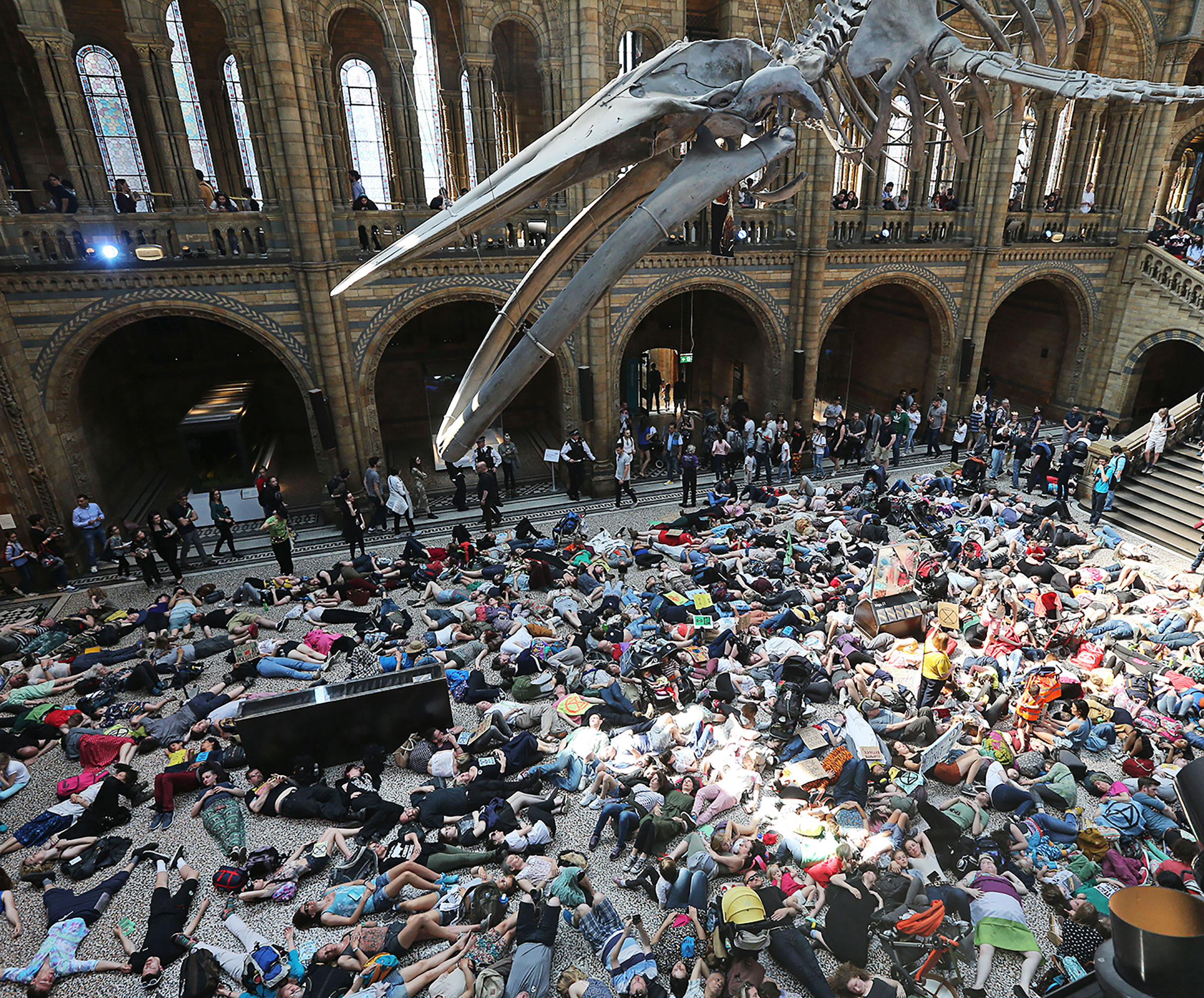
Events in 2020 have made that strategy much harder to execute. It was meant to be a landmark year for climate action. The U.K. was due to host this year’s U.N. climate conference in November, where international negotiators would gather to scale up emissions targets, five years after the Paris Agreement was signed. To ramp up pressure on lawmakers, XR had planned mass mobilizations for May and November.
But in May, the British government said it would postpone the summit by a full year because of the pandemic. Largely stuck at home since late March, XR activists have used their daily lockdown-sanctioned exercise periods to post posters or graffiti at oil companies and banks that invest in fossil fuels, urging the government not to give them bailout packages. In late June, a group of XR activists led a 125-mile march from Birmingham to London to protest ecological disruption by a planned high-speed rail link.
Fundraising has also gotten harder. Since March, XR’s monthly income has fallen to around $60,000, Medhurst, the finance coordinator, says. In mid-April, the group suspended payments to 150 activists who had been receiving small grants for living expenses. A recent $300,000 donation will help, but the pot is far smaller than in October 2019, when XR spent close to $1.2 million.

COVID-19 has also threatened to sap the momentum of the climate movement as a whole. Some fear that in the rush to revive failing economies, countries will abandon their climate goals. Indigo Rumbelow, a 25-year-old member of the U.K. actions circle, says the pandemic has filled XR “with both hope and fear.” Governments could opt to prop up the fossil-fuel industry, she says. “But there’s also a sense that we can rebuild something new and create a more just society.”
To get there, though, effective organizing will be crucial. Naidoo says XR must “continue to do substantially better” on understanding race and class. For him, the convergence of COVID-19, the climate crisis and high-profile incidents of police brutality may create a “boiling point” for anger over inequality, making collaboration between environmentalism and other social movements essential. “It is critical that we have an approach that celebrates a million flowers blooming for the fights of justice,” he says.
XR appears to have embraced that philosophy. On July 3, it announced that it would stage its next large-scale action, starting Sept. 1. While following social-distancing guidelines, activists around the country will target institutions and businesses they accuse of blocking emission reductions, and “peacefully blockade” Parliament in London as it returns from a summer break. “There is growing frustration at government inaction, not just on climate but on our health, well-being, on racial injustice, inequality and more,” Byrne says. “It’s time to express that and come out on the streets again.”
Scollen, the organizer from the northeast, says XR’s future will be defined by its ability to make people from all parts of society feel empowered. “Most people, unless they’re highly educated and privileged, don’t feel like they can change anything,” she says. “But look around: it has started. People will see that you can be a part of this. You can do this.”
With reporting by Madeline Roache/London
Correction: July 10
The original version of this story misstated the body that declared a climate emergency after Extinction Rebellion’s first two-week mass mobilization in London in April 2019. The U.K. parliament declared the climate emergency, not the government.
More Must-Reads from TIME
- Cybersecurity Experts Are Sounding the Alarm on DOGE
- Meet the 2025 Women of the Year
- The Harsh Truth About Disability Inclusion
- Why Do More Young Adults Have Cancer?
- Colman Domingo Leads With Radical Love
- How to Get Better at Doing Things Alone
- Michelle Zauner Stares Down the Darkness
Write to Ciara Nugent at ciara.nugent@time.com